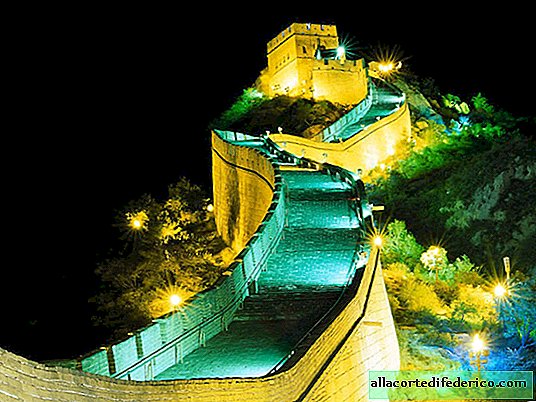Where did the sushi dish first appear and how did it spread all over the world?
On the morning of January 5 this year, exclamations of surprise filled the Tokyo fish market. At the first auction of the year, Kiyoshi Kimura, the owner of a popular sushi restaurant chain, paid a record $ 1.8 million for 278 kg of bluefin tuna. Even for him, this price was incredibly high. Last year, bluefin tuna left the auction for 736 thousand dollars, however, its weight was 100 kg less.
 Kiyoshi Kimura
Kiyoshi KimuraMr. Kimura said to the press that such a tasty fish as tuna is worth paying for. Thus, he announced to the whole world that only the best fish is used in his restaurants.
It also proves how much sushi is valued in Japan. For the Japanese, this is not just food, but a dish to be enjoyed, part of the national culture. A symbol of sophistication and good taste. There is some irony in this, since sushi was not originally a Japanese dish and had nothing to do with haute cuisine.
The history of this dish begins between the fifth and third centuries BC in the rice fields of the Mekong River, which flows through Laos, Thailand, Vietnam. Peasants went fishing and most often caught carp. To prevent fish from spoiling as long as possible in hot weather, it was canned in rice, which was ideally suited for this.
The fish was gutted, rubbed with salt, dried in barrels for weeks, then the salt was removed, filled with rice, put under pressure for several weeks. A few months later, fermentation began, converting rice sugar into acid. Thus, the decomposition processes were stopped. At any moment, the barrel could be opened, rice was thrown away, and the fish was eaten. The smell was terrible, of course, but the taste was great.

Gradually, the dish spread south, conquered Malaysia, the Philippines, Indonesia, and reached China. This kind of sushi was called nare-sushi. It was considered "bad" food. It was eaten by those who worked in rice fields. But over time, sushi also conquered higher social strata of society.
They entered Japan in the 8th century, during the reign of Empress Gensho. Initially, the Japanese did not like their taste and repulsive smell. But they made changes and made the dish more enjoyable. They stopped keeping the fish in barrels for months, reducing the fermentation process. So they got rid of the smell. Rice was more tart and could be eaten with fish.
In the 12th century, the Japanese invented rice vinegar. This allowed us to come up with new culinary combinations. In the 17th century, quick sushi was invented - hayazushi. Each prefecture added its own characteristics to the recipe. For example, in Toyama, sushi was wrapped in bamboo leaves, and in Nara, persimmon leaves were used.

At the end of the 19th century, the dish acquired its usual form. It consisted of a slice of dried or boiled fish, placed on top of rice, seasoned with vinegar or soy sauce.
Sushi received widespread after the Second World War. Thanks to the American occupation of Japan, sushi was transported across the Pacific Ocean and invaded the United States. It became so popular that in California they began to make it according to their own recipe. From the United States, sushi has spread around the world.

















